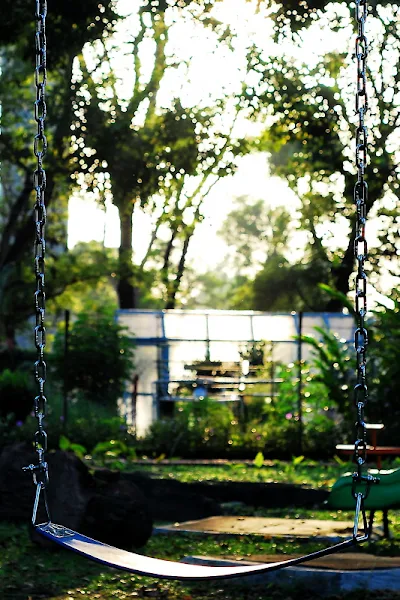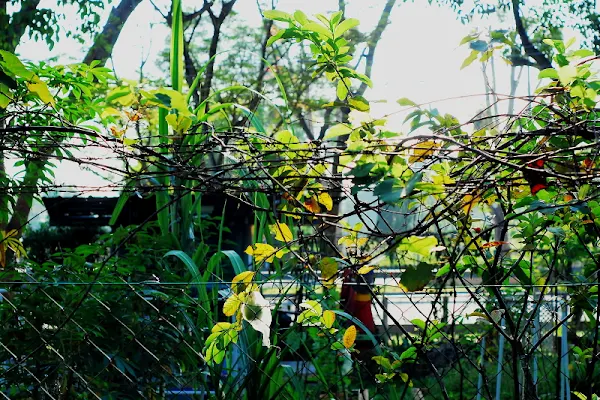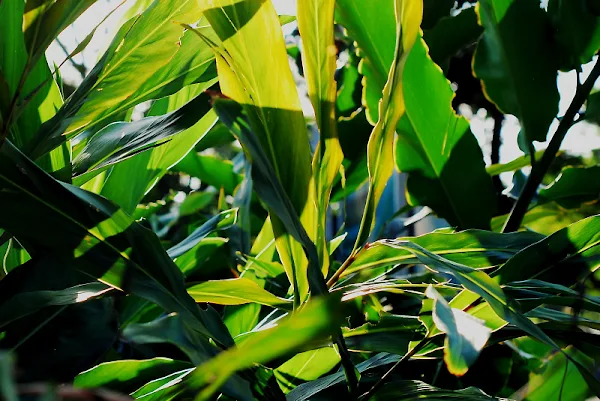While some of us may think that the Sunny 16 rule is a leftover from the past where images captured on older cameras need to be exposed manually, the rule is still valid and usable today, even with a digital camera. This is a case in point where I am using a vintage Nikon digital SLR camera, the 10.2MP CCD Nikon D80, introduced in 2006, mounted with an equally vintage manual focus Nikon Series E 50mm 1:1.9 lens, introduced in 1995.
The Nikon D80, an entry-level digital SLR camera, does not come with the 'Non-CPU Lens Data' input option, neither does it have the aperture-indexing finger for metering with older 'AI' lenses.
This means that when mounted with a vintage MF lens, say Nikon Series E 50mm 1:1.8 (an excellent choice for a starter lens), the D80 does not work in any of its automated exposure (Program, Aperture, or Shutter priority) modes. Exposures are executed manually with the mode dial set to M, and the camera prepped with the appropriate ISO and shutter speed settings.
As with images from the community garden where these test shots were taken (and others as well), learning the basics of the Sunny 16 Rule for manual exposures is fairly easy and straightforward.
First, prep the camera with the ISO speed setting to 100 or 200, and the Shutter speed similarly to 1/100 or 1/200 (or to the nearest) second. Next, set the lens aperture opening based on the lighting condition of the scene, 1:16 for Sunny, 1:11 for Slightly Cloudy, 1:8 for Cloudy, 1:5.6 for Overcast, 1:4 for Dark Skies, and 1:2.8 for Low Light conditions. Last, frame and focus the scene, and shoot away.


















No comments:
Post a Comment